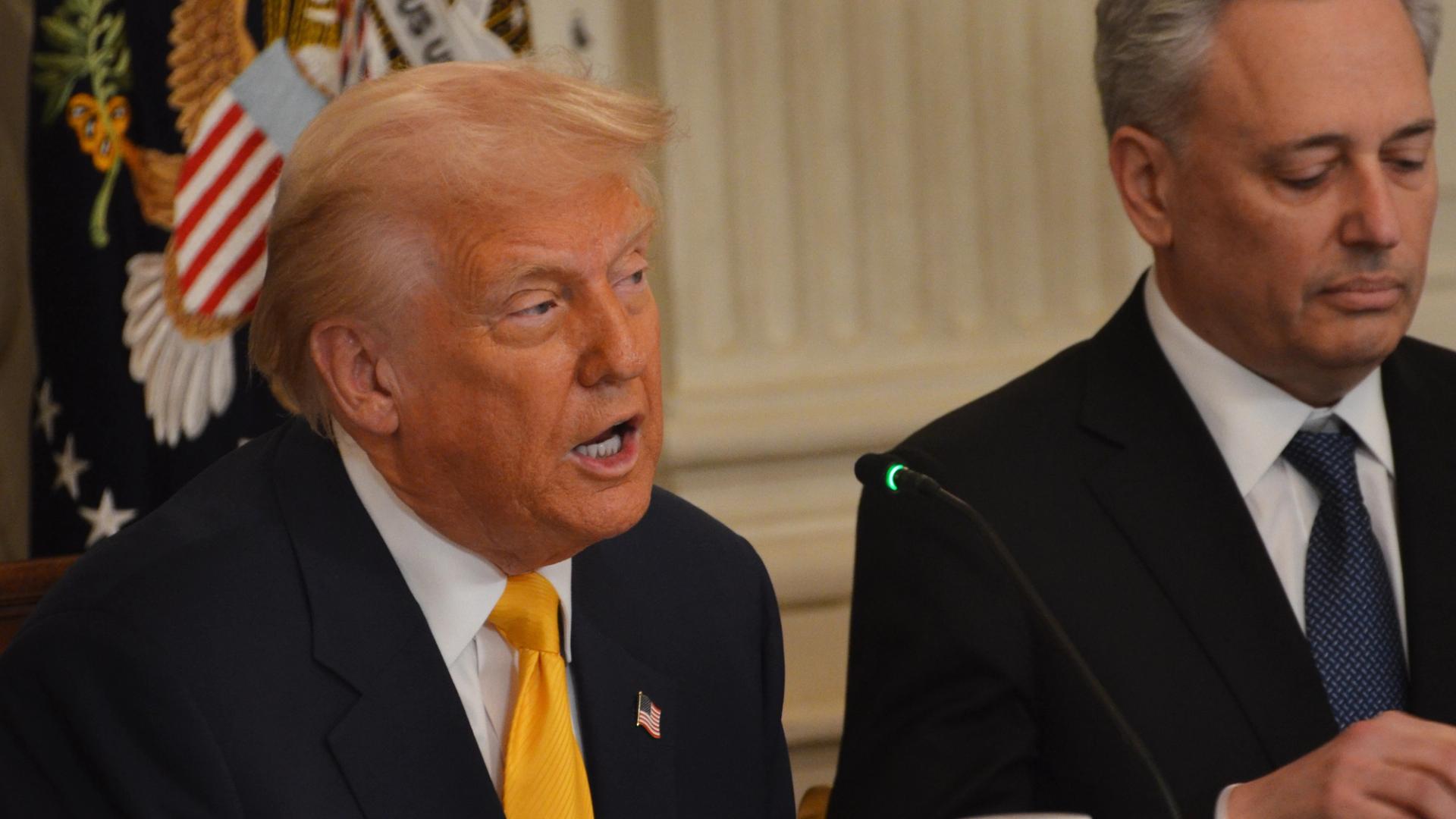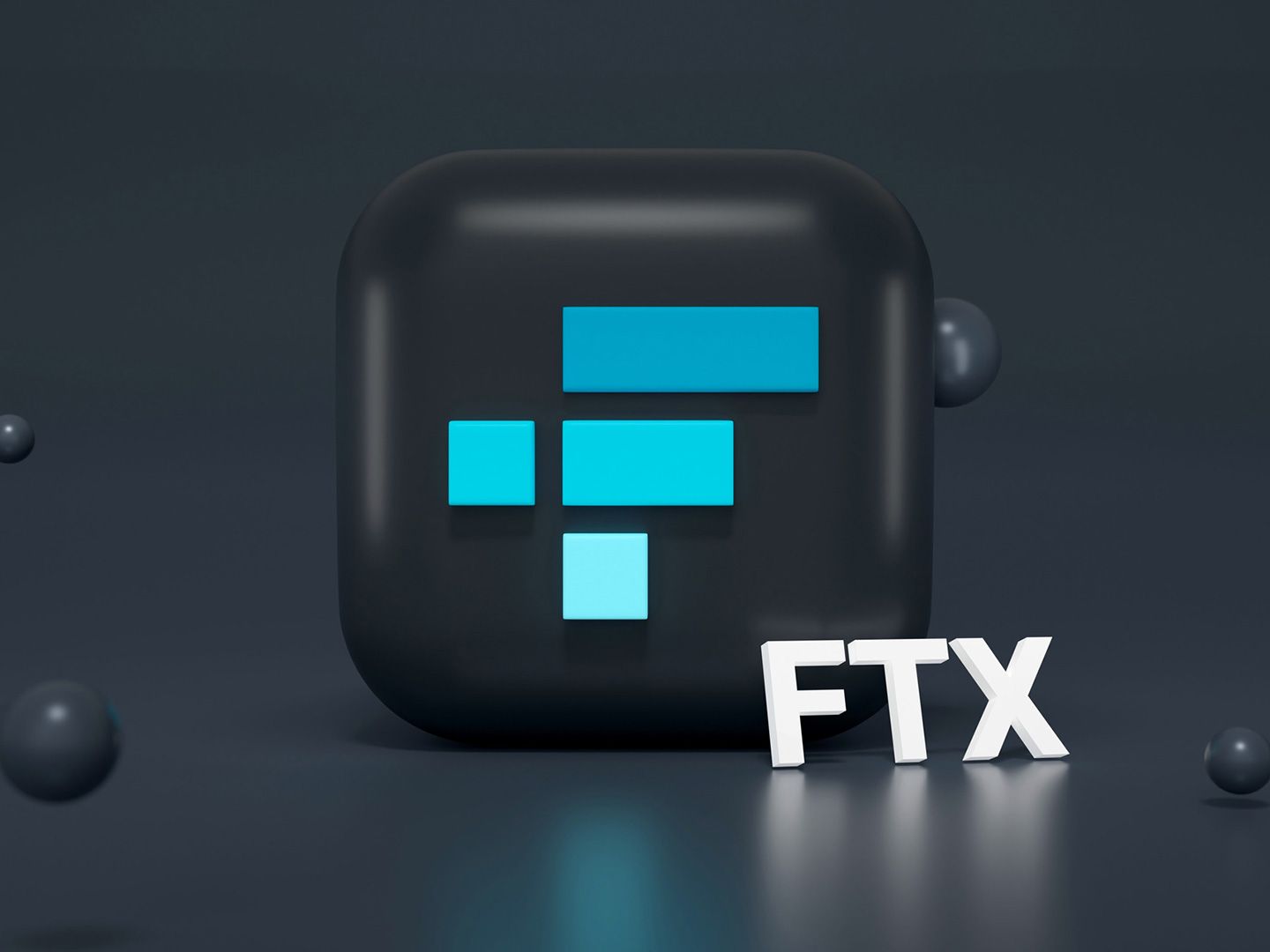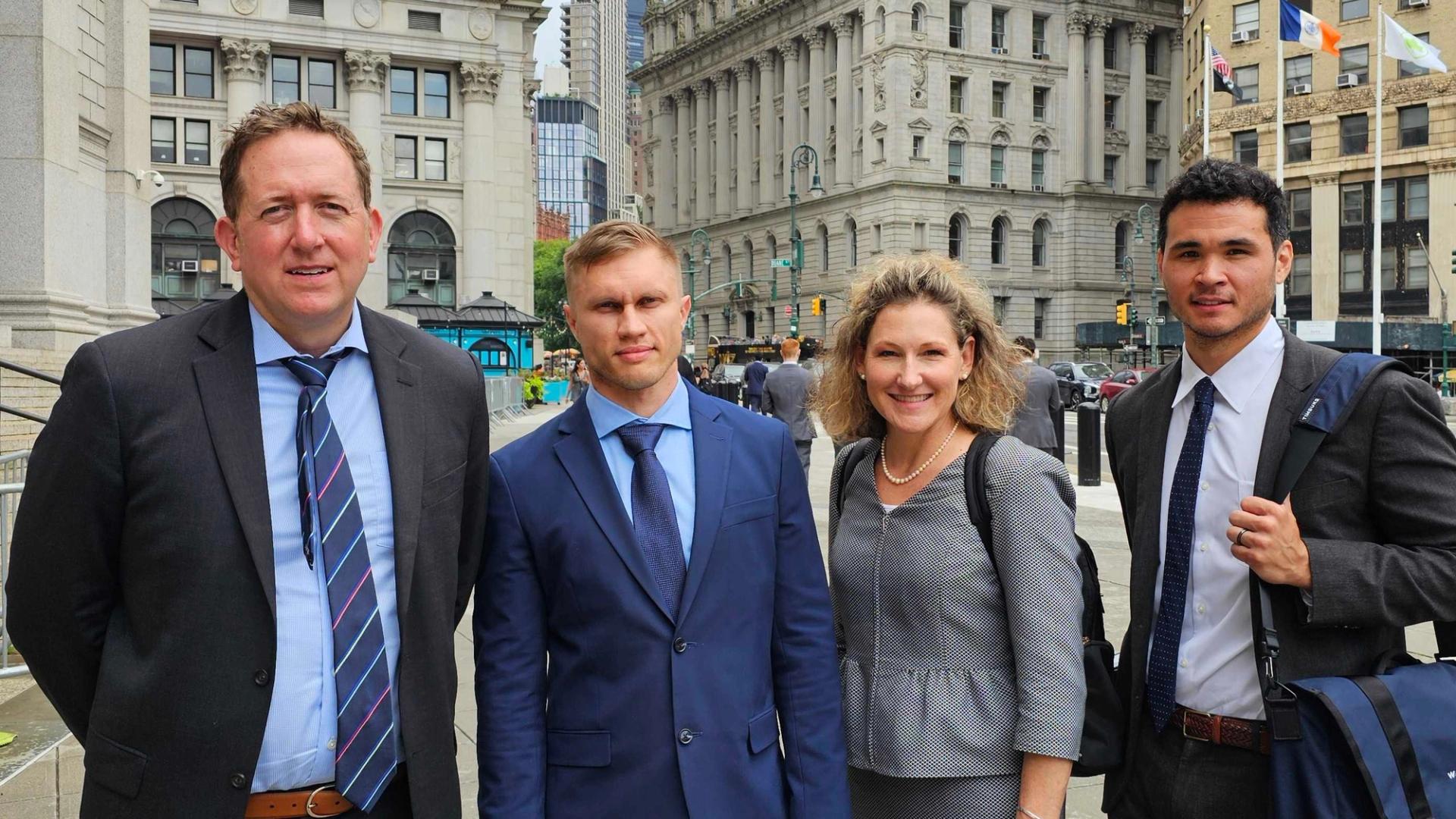Uncategorized
Dollar’s Post-Election Path Is Tracking Trump’s First Presidential Term: Van Straten

Since U.S. President-elect Donald Trump’s convincing election victory two months ago, the dollar has strengthened more than 3% against its peers, matching its trajectory after his previous win in 2016.
Last time round the DXY Index, which measures the currency’s value against a basket of the U.S.’ major trading partners, peaked in December before trailing off for the next 12 months, coinciding with bitcoin’s (BTC) 2017 bull run.
It’s possible the story will be different this time around. The index has not shown signs of tailing off, and Trump’s economic policies and the Federal Reserve’s actions are likely to underpin the greenback’s rally.

Yet, while a strong dollar is considered negative for risk assets, the incoming president has expressed his support for bitcoin and the largest cryptocurrency has shot up since his election. That rally, which saw it touching multiple record highs, may not continue at quite the same pace, according to Andre Dragosch, Bitwise’s head of research in Europe. BTC is currently priced about 10% below the record of around $108,300 it hit in mid-December.
«The Fed is stuck between a rock and a hard place at the moment,» Dragosch said in an interview over X. «Either risk a U.S. recession by doing too little, too late or risk a significant acceleration in inflation again.»
Trump has vowed to impose tariffs on major trading partners, which has the potential to exacerbate global geopolitical uncertainty, fueling further demand for the dollar, which is perceived as a haven during times of unrest.
We are also seeing strong economic performance from the U.S. compared with other markets, with over 3% growth in gross domestic product (GDP) and higher-than-targeted inflation, which keeps federal funds rates elevated and only two interest-rate cuts forecast for 2025.
The Fed has «communicated to markets that they will do only two cuts in 2025 — significantly less than previously anticipated,» Dragosch said. «That’s why the dollar has been appreciating, and yields have continued to move up. I think that’s what’s been weighing on BTC as well. Macro is a headwind right now.»
Uncategorized
Trump’s Memecoin Dinner Questioned by Top Democrat on House Judiciary Committee

A senior Democrat in the House of Representatives, Jamie Raskin, joined his name to lawmakers seeking answers about President Donald Trump’s recent dinner for top investors in his memecoin, sending questions directly to Trump.
Raskin, the ranking Democrat on the House Judiciary Committee, has been a vocal critic of the president and becomes the latest of many from his party to probe details about the event, which they’ve called out as evidence of White House corruption. Because Raskin is in the minority party, his demands are unlikely to lead to further congressional action unless they regain the House or Senate in next year’s elections.
«I write today to demand that you release the names of all the attendees at this dinner and provide information about the source of the money they each used to buy $TRUMP coins, so that we can prevent illegal foreign government emoluments from being pocketed without congressional consent,» Raskin wrote this week to the president, joining many counterparts in the Senate in seeking the information, including Senators Elizabeth Warren, Chris Murphy and Richard Blumenthal.
«We deserve to know who is paying for access to our president, and what steps you took to ensure that the funds you receive are legitimate and legal, rather than the proceeds from foreign states or monarchs or illegal activities,» Rasking said, specifically highlighting Tron founder Justin Sun, a guest who was a major early investor in Trump’s family crypto operations.
Read More: Democrats Threaten Lawsuits, Join Protests Ahead of Trump Memecoin Dinner
Uncategorized
FTX Repayments May Have Positive Market Impact: Coinbase

The FTX Recovery Trust will begin distributing over $5 billion in cash and stablecoins to creditors starting on Friday, with funds expected to land in accounts within the next three business days via BitGo and Kraken.
And there’s a chance this wave of repayments will help lift the crypto market, analysts at Coinbase wrote in a report on Friday.
It’s the second major round of repayments following the exchange’s collapse. The first, which began on Feb. 18, returned roughly $7 billion to creditors with claims under $50,000. That did little to lift broader crypto markets at the time, which remained under pressure from macro headwinds.
This latest wave of distributions comes as investor sentiment has shifted, the analysts said. Payments will arrive in stablecoins, offering recipients immediate on-chain liquidity, instead of cash and crypto. That could influence whether the funds are reinvested.
There’s also a broader sense of optimism in crypto markets, thanks in part to a rally in major assets and increased political clarity around regulation. Institutional players, in particular, may feel more comfortable acting on incoming funds, especially as Congress moves closer to passing legislation that would define the roles of U.S. regulators overseeing digital assets.
Uncategorized
Judge Declines to Order DOJ to Review Records in Roman Storm Case

The federal judge overseeing Roman Storm’s prosecution declined to order the Department of Justice to review its records for any materials it might have missed that would help the Tornado Cash developer at the end of a 30-minute hearing Friday morning, though she told the government it should not have any disclosure issues.
Judge Katherine Polk Failla also ruled that there were no Brady violation concerns with the Department of Justice’s conversations with the Financial Crimes Enforcement Network (FinCEN) about whether mixers needed to register as money transmitters — the conversation that prosecutors pursuing Samourai Wallet developers had with FinCEN officials, but not the prosecutors on Storm’s case — one of the DOJ representatives said in the phone conference on Friday.
If the judge had found that prosecutors had withheld information, it could affect the case moving forward.
«I’m not going to require a further review based on the representations made that there’s no additional material of this type, and based on my views that I don’t believe the material was exculpatory,» she said.
«There’s a difference between ‘this is something I’d like to know’ and ‘this is a Brady violation,'» the judge said, referring to a Supreme Court precedent that requires prosecutors to share any and all information that might help a defendant with the defendant’s team.
Storm’s defense attorneys argued during the hearing that they needed to know when the prosecutors in their case learned about the FinCEN conversation.
«They do plan to say they’re charging a conspiracy to operate an unlicensed money transmitter,» said defense attorney Brian Klein. «My question is who are they supposed to be licensed with? … this is all in the same issue. They’ve only dropped one subpart … but they’re still going to say they’re charging an unlicensed money business.»
Thane Rehn, a prosecutor who worked on the DOJ case against Sam Bankman-Fried, said that his team wouldn’t argue that Tornado Cash needed to secure a license.
«The word ‘license’ doesn’t apply here and the jury won’t be instructed on licensing issues … what we intend to prove at trial is the defendant knew they were transmitting funds derived from criminals,» he said.
The judge did at multiple points ask the prosecutors if they planned to change any other theories or charges in the weeks leading up to the trial, saying doing so might be unfair to the defense. The trial is supposed to kick off in less than two months.
Read more: DOJ Will Still Pursue Roman Storm Case Despite Blanche Memo, Prosecutors Say
-

 Fashion8 месяцев ago
Fashion8 месяцев agoThese \’90s fashion trends are making a comeback in 2017
-

 Entertainment8 месяцев ago
Entertainment8 месяцев agoThe final 6 \’Game of Thrones\’ episodes might feel like a full season
-

 Fashion8 месяцев ago
Fashion8 месяцев agoAccording to Dior Couture, this taboo fashion accessory is back
-

 Entertainment8 месяцев ago
Entertainment8 месяцев agoThe old and New Edition cast comes together to perform
-

 Business8 месяцев ago
Business8 месяцев agoUber and Lyft are finally available in all of New York State
-

 Sports8 месяцев ago
Sports8 месяцев agoPhillies\’ Aaron Altherr makes mind-boggling barehanded play
-

 Entertainment8 месяцев ago
Entertainment8 месяцев ago\’Better Call Saul\’ has been renewed for a fourth season
-

 Entertainment8 месяцев ago
Entertainment8 месяцев agoDisney\’s live-action Aladdin finally finds its stars





